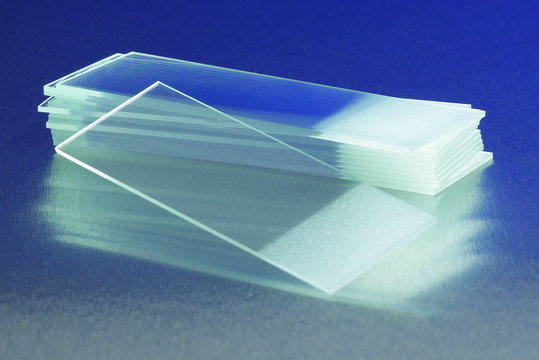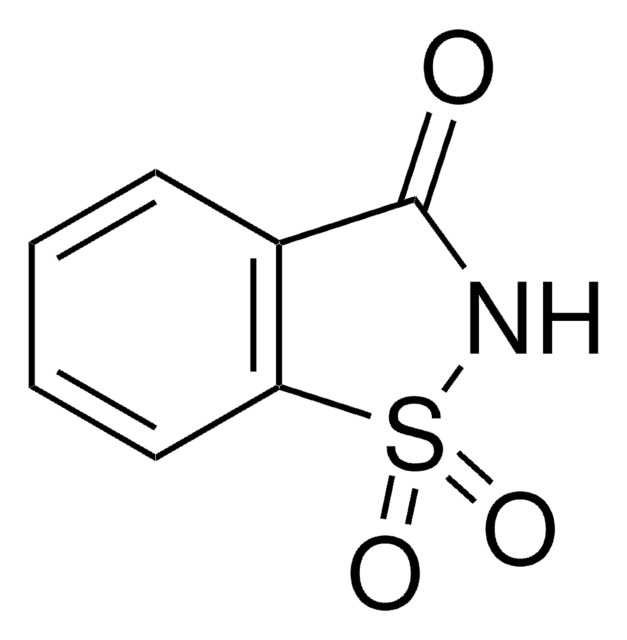Key Documents
Safety Information
576360
Indium tin oxide coated boro-aluminosilicate glass slide
surface resistivity 5-15 Ω/sq, slide
Synonym(s):
ITO coated slide
Select a Size
Select a Size
About This Item
Recommended Products
Quality Level
surface resistivity
5-15 Ω/sq
L × W × thickness
75 mm × 25 mm × 1.1 mm
transmittance
>85%
refractive index
n20/D 1.5290-1.5460 (lit.)
transition temp
softening point 975 °C
SMILES string
O=[Sn]=O.O=[In]O[In]=O
InChI
1S/2In.5O.Sn
InChI key
LNNWKAUHKIHCKO-UHFFFAOYSA-N
1 of 4
This Item | PHR1341 | 109185 | 41131 |
|---|---|---|---|
| assay ≥99% | assay - | assay ≥98% | assay - |
| Quality Level 200 | Quality Level 300 | Quality Level 100 | Quality Level 100 |
| solubility acetone: 1g in 12mL(lit.), boiling water: 1g in 25mL(lit.), alcohol: 1g in 31mL(lit.) | solubility - | solubility H2O: soluble 1g in 290ml, acetone: soluble 1g in 12ml, alcohol: soluble 1g in 31ml, boiling water: soluble 1g in 25ml, glycerol: soluble 1g in 50ml, alcohol: very slightly soluble, chloroform: slightly soluble, diethyl ether: slightly soluble | solubility - |
| mp 226-229 °C (lit.) | mp 226-229 °C (lit.) | mp 226-229 °C (lit.) | mp 226-229 °C (lit.) |
| form powder | form - | form - | form - |
General description
Storage Class Code
13 - Non Combustible Solids
WGK
WGK 3
Flash Point(F)
Not applicable
Flash Point(C)
Not applicable
Personal Protective Equipment
Regulatory Information
Choose from one of the most recent versions:
Certificates of Analysis (COA)
Don't see the Right Version?
If you require a particular version, you can look up a specific certificate by the Lot or Batch number.
Already Own This Product?
Find documentation for the products that you have recently purchased in the Document Library.
Articles
Professor Shinar highlights low-cost, disposable sensor configurations in organic and hybrid electronics for healthcare applications.
A transparent conductive electrode (TCE) is an essential component of various optoelectronic devices such as solar cells, liquid-crystal displays (LCD), light-emitting diodes (LED), and touch screens.
Progress in solution-processed functional materials leads to thin-film optoelectronic devices for industrial and consumer electronics.
Professor Chen (Nankai University, China) and his team explain the strategies behind their recent record-breaking organic solar cells, reaching a power conversion efficiency of 17.3%.
Our team of scientists has experience in all areas of research including Life Science, Material Science, Chemical Synthesis, Chromatography, Analytical and many others.
Contact Technical Service



